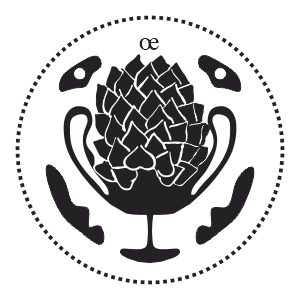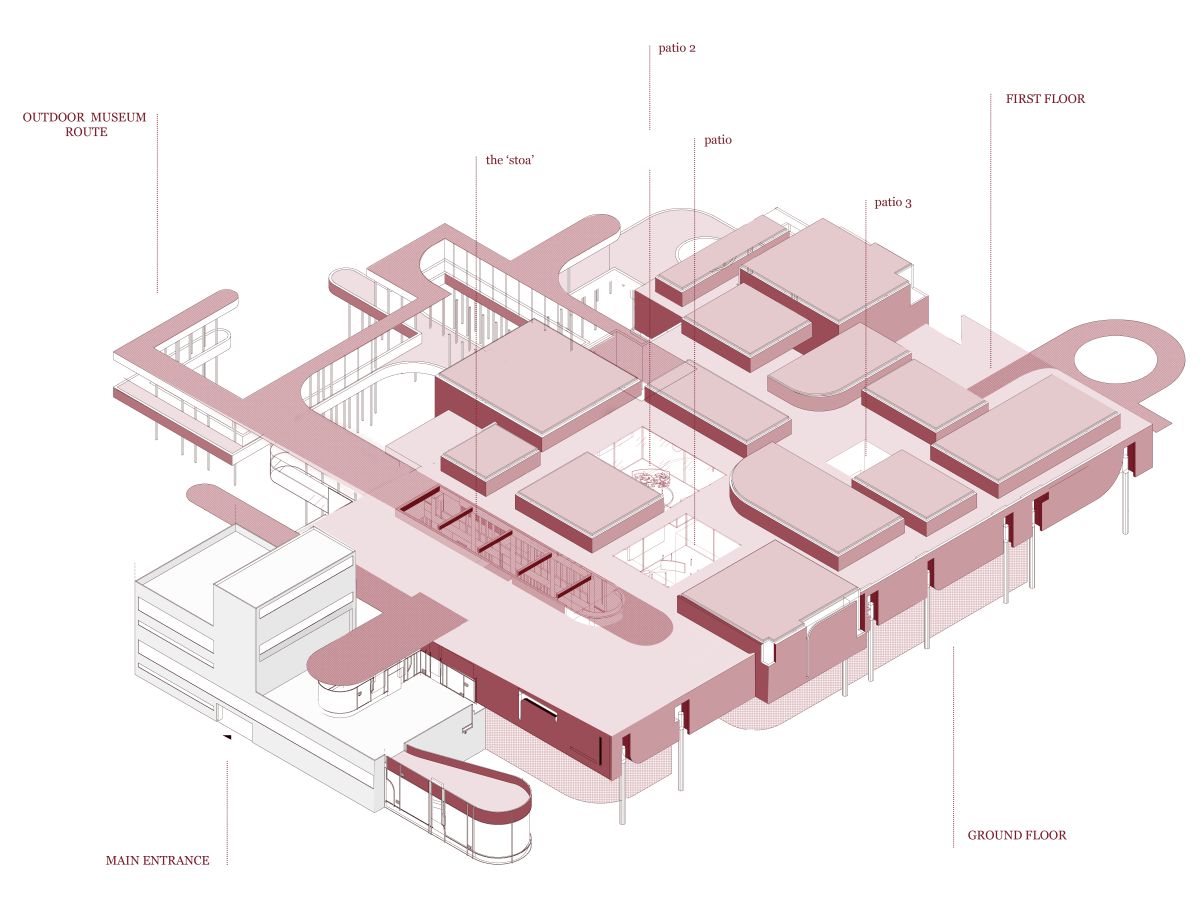
EN
The new Archeological Museum of Sparta has the task to cover a fundamental need in relation to ancient Greek culture: the cohesive display and exhibition of the material that is related with one of the two most important poles of ancient Greek history – that of Sparta. Sparta happens to be connected with two of its most important myths and narratives: On one hand the Trojan War and the Iliad (Helen was the queen of Sparta – her kidnapping caused the war) and on the other hand the Persian wars and the defining part Lacedaemonians played in them (along with all contemporary myths in relation them –King Leonidas and the 300 etc.) Behind those myths and stories however, and their obvious readings, there is a remarkable characteristic: a constantly present, complementary dualism: the Dioscuri, Helen and Klythemnestra, the twin Heracles, the two kings. That duality seems to extend to the landscape: Taygetos and Parnonas engulf the city. An extraordinary property of all those dualities is that – on the contrary with what we usually encounter in western civilization – they complement instead of opposing each other.
GR
Το αρχαιολογικό μουσείο Σπάρτης, έρχεται να καλύψει μία μεγάλη ανάγκη σε σχέση με τον αρχαίο ελληνικό πολιτισμό: Την συνεκτική έκθεση των αρχαιοτήτων που αντιπροσωπεύουν έναν από τους δύο σημαντικότερους πόλους της αρχαιοελληνικής περιόδου, ο οποίος μάλιστα τυχαίνει να είναι συνδεδεμένος με κάποιους από τους σημαντικότερους μύθους και αφηγήσεις του. Από τη μία ο Τρωικός πόλεμος και τα ομηρικά έπη (η αρπαγή της Ελένης, βασίλισσας της Σπάρτης) και από την άλλη οι περσικοί πόλεμοι και η καθοριστική συμμετοχή των Λακεδαιμονίων σε αυτούς (μαζί με όλους τους ‘σύγχρονους μύθους’ που τη συνοδεύουν – Λεωνίδας και οι 300 κτλ). Πίσω όμως από αυτούς τους μύθους και την ιστορία, καθώς και τις προφανείς αναγνώσεις τους, βρίσκεται ένα αξιοπρόσεκτο χαρακτηριστικό: ένα συμπληρωματικός δυισμός: οι Δίοσκουροι, η Ελένη και η Κλυταιμνήστρα, οι δίδυμοι Ηρακλειδείς, οι δύο βασιλιάδες. Ο δυισμός αυτός μοιάζει να επεκτείνεται και στο τοπίο: ο Ταΰγετος και ο Πάρνωνας περιβάλλουν την πόλη. Βασικό χαρακτηριστικό όλων αυτό των διπόλων είναι ότι σε αντίθεση με τα περισσότερα παραδείγματα που έχουν να κάνουν με τον δυτικό πολιτισμό, δεν λειτουργούν αντιθετικά το ένα στο άλλο αλλά συμπληρωματικά.
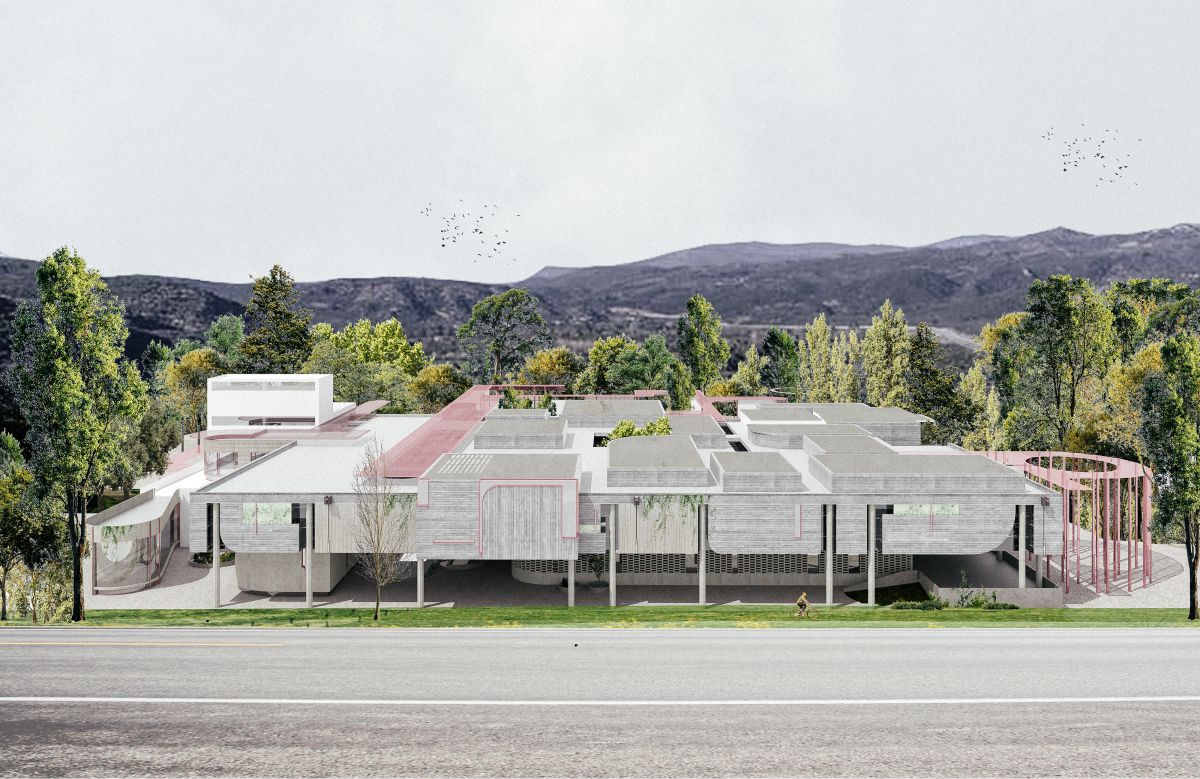
EN
That complementarity became the starting point for the proposal: Firstly, on a morphological level: The first pole is the existing Zenetos building. A plain structure that expresses the principles of modern architecture. The new building tries to complement it without opposing it: It begins from the defining lines of the Zenetos building and its materiality, trying at the same time to create a contemporary version of them. Their austerity and ‘spartan’ character is enriched by new elements that get their architectural vocabulary from the forms and the patterns that one can find on the exhibition material (the shapes that define the helmet of the Spartan warrior, decorative patterns of the clay vessels etc.) Along the same line of thinking, complementarity is a main principle in terms of functionality too. The exhibition starts from the old building and extends seamlessly in the new one. At the same time the proposal aims to create around the museum a new public space for the city. A space that connects modern Sparta with Eurotas river in the back of the museum and that invites the citizens to inhabit it.
GR
Αυτή η συμπληρωματικότητα αποτέλεσε το έναυσμα για τον σχεδιασμό: Κατ’ αρχάς σε μορφολογικό επίπεδο: ο ένας πόλος είναι το υπάρχον κέλυφος του αρχιτέκτονα Τάκη Ζανέτου. Ένα απέριττο κτίσμα που εκφράζει με χαρακτηριστικό τρόπο τις αρχές του μοντέρνου κινήματος στην αρχιτεκτονική. Απέναντι σε αυτό έρχεται το νέο κτίσμα που θα φιλοξενήσει την έκθεση: Χωρίς να το αντιμάχεται, προσπαθεί να το συμπληρώσει: Ξεκινώντας από τις γραμμές του υπάρχοντος κτιρίου και τα υλικά του, προσπαθεί να δημιουργήσει μία σύγχρονη εκδοχή τους που ξεκινώντας από την αυστηρότητα και τη λακωνικότητά τους τα εμπλουτίζει με στοιχεία που μορφολογικά αντλούν το λεξιλόγιο τους από μορφές και μοτίβα που βρίσκονται σε διάφορα από τα εκθέματα (τα σχήματα που ορίζουν το κράνος του Λακεδαιμόνιου πολεμιστή, τα διακοσμητικά μοτίβα των αγγείων). Αντίστοιχα η συμπληρωματικότητα αναζητείται και σε επίπεδο χρήσης και λειτουργικού χαρακτήρα: Η έκθεση ξεκινάει από το παλιό κτίριο και επεκτείνεται αρμονικά στο καινούργιο. Ταυτόχρονα οι εξωτερικοί χώροι του μουσείου φιλοδοξούν να δημιουργήσουν έναν νέο δημόσιο χώρο για την πόλη της Σπάρτης που θα την συνδέσει με τον ποταμό Ευρώτα και θα καλέσει τους κατοίκους της να τον κατοικήσουν.
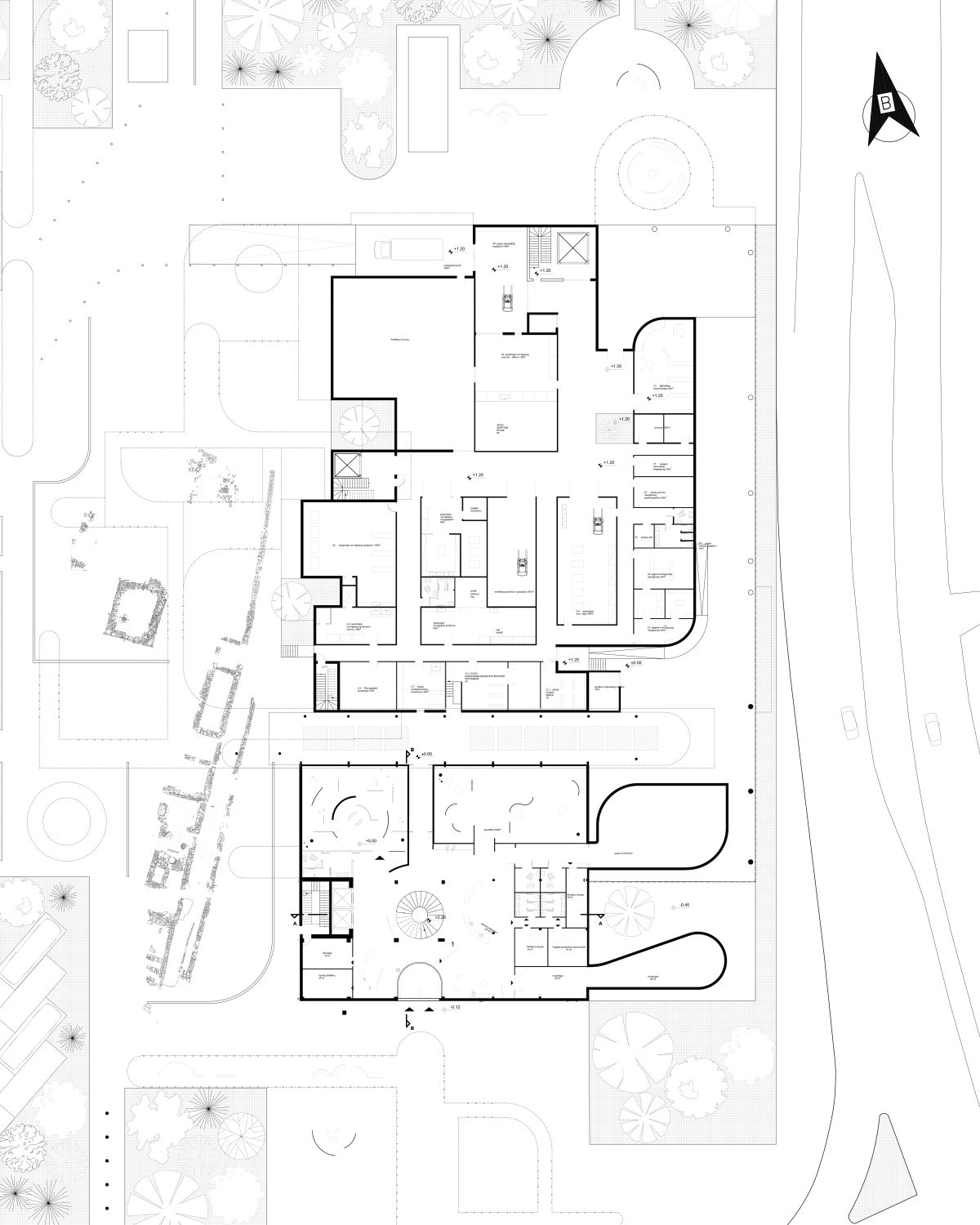
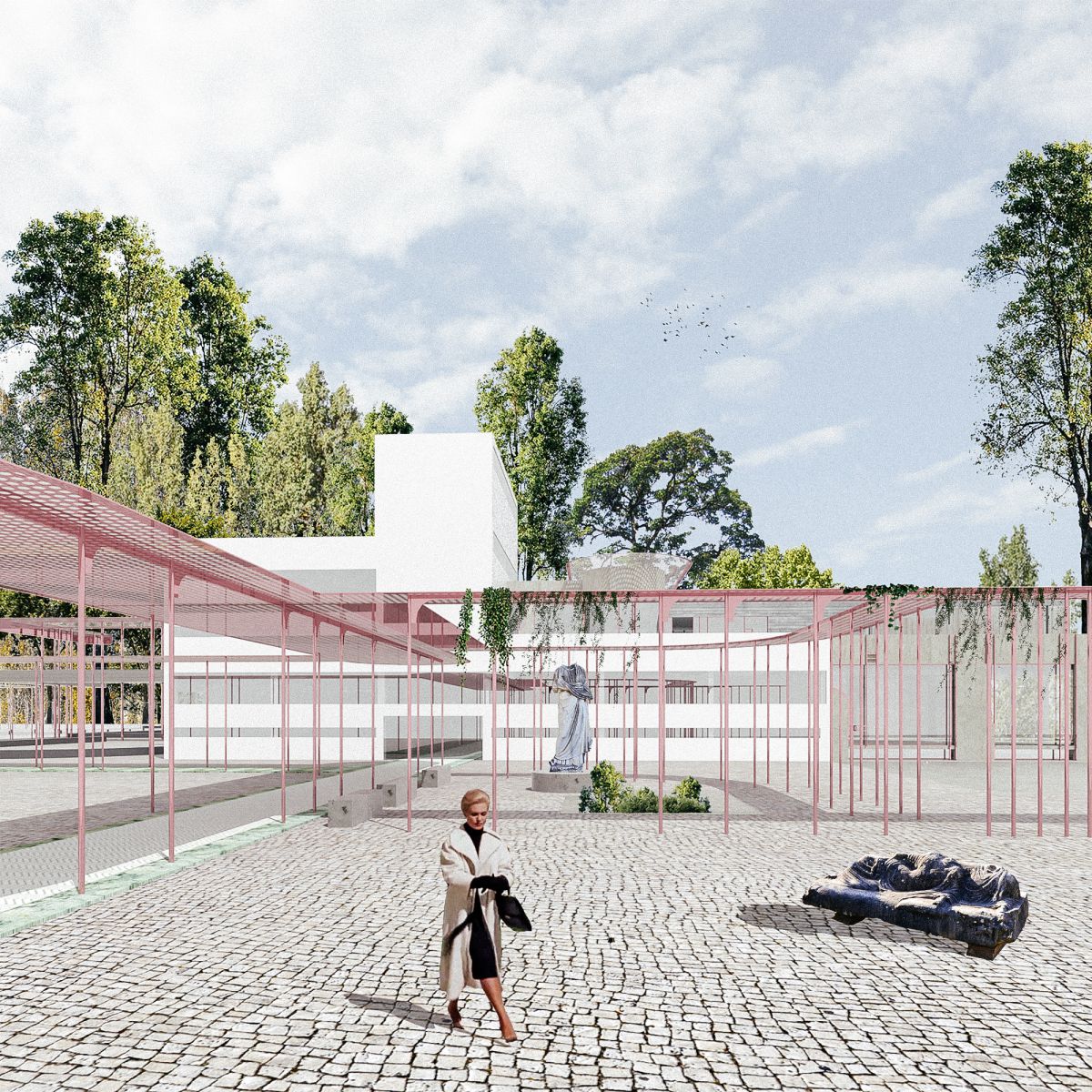
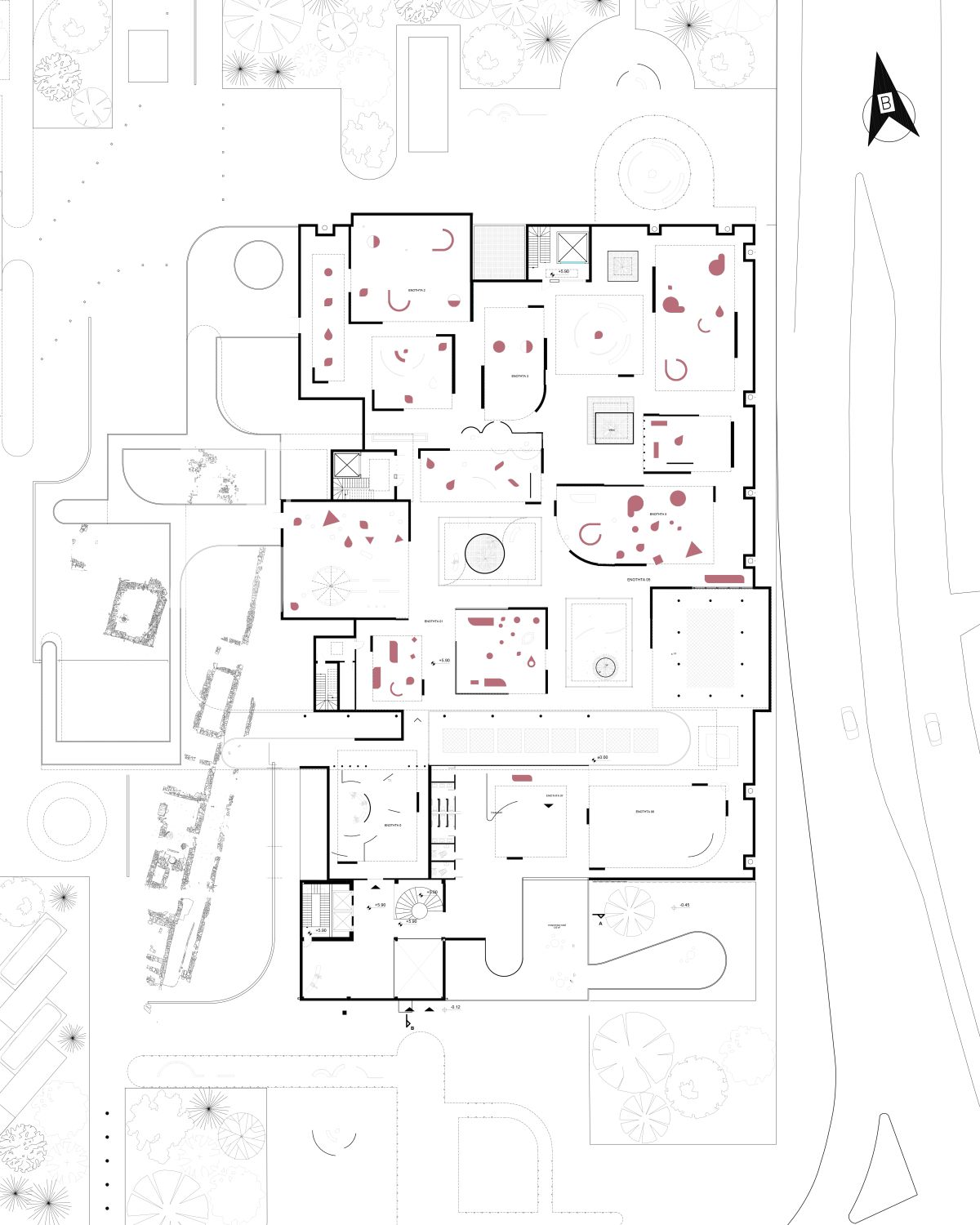
_
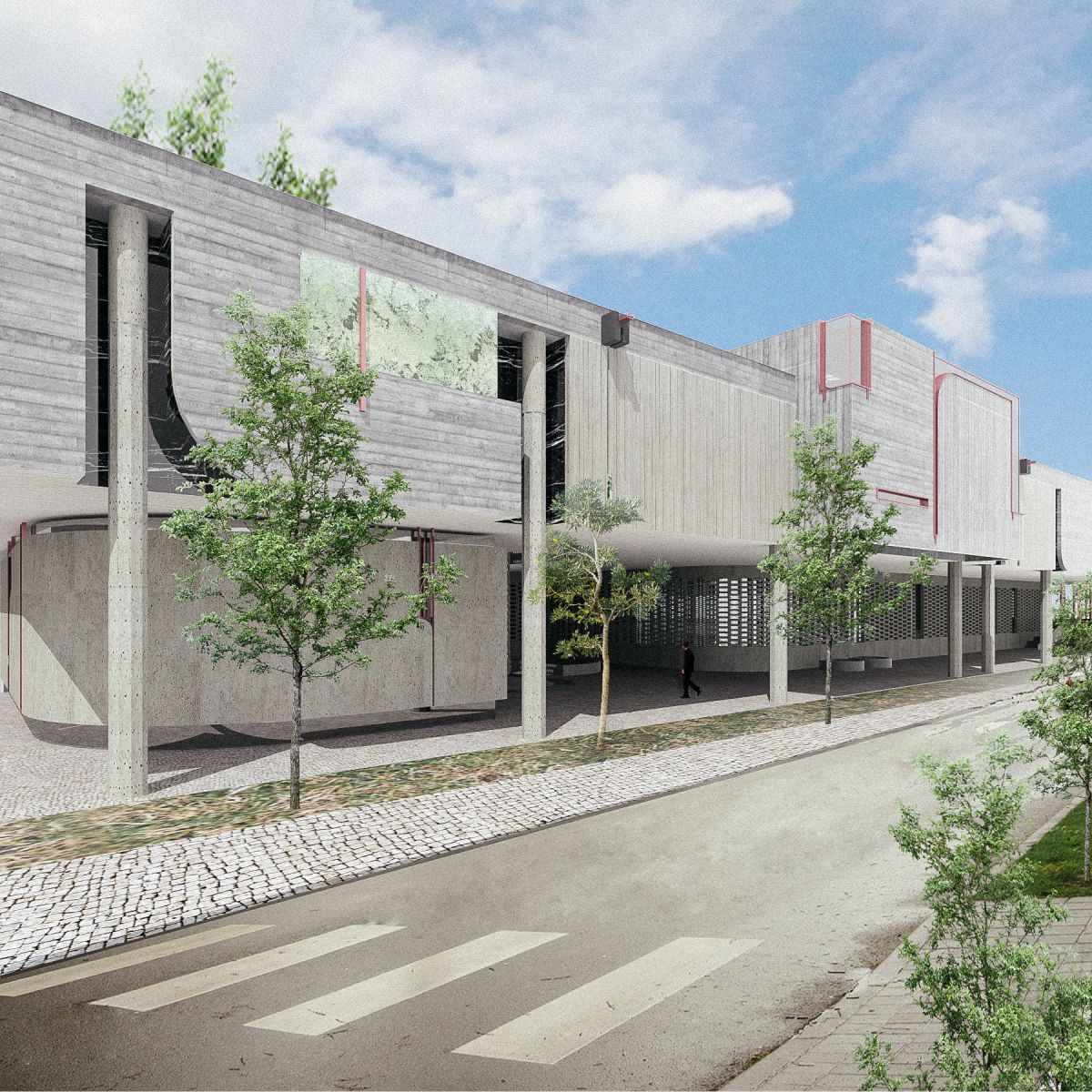
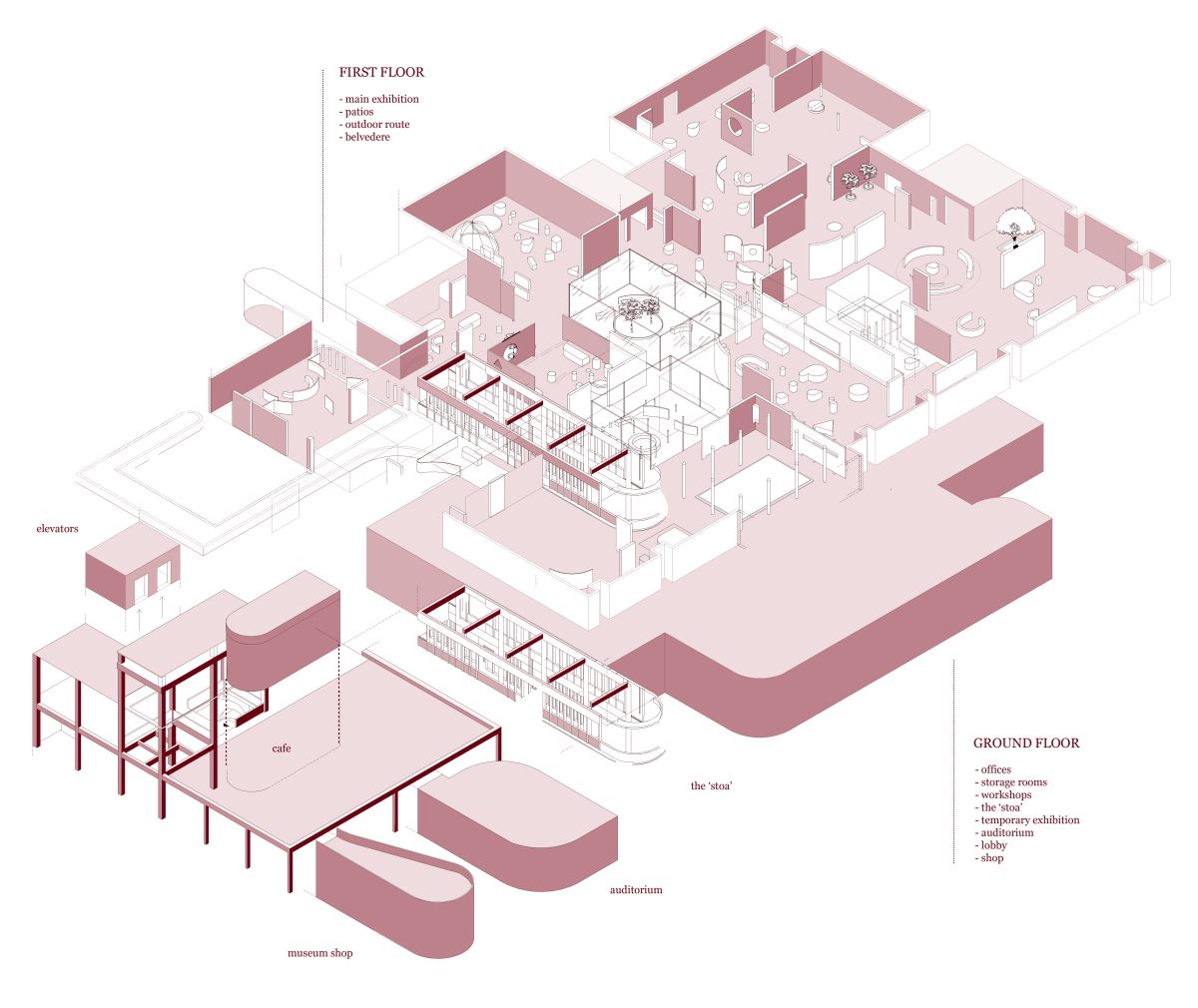
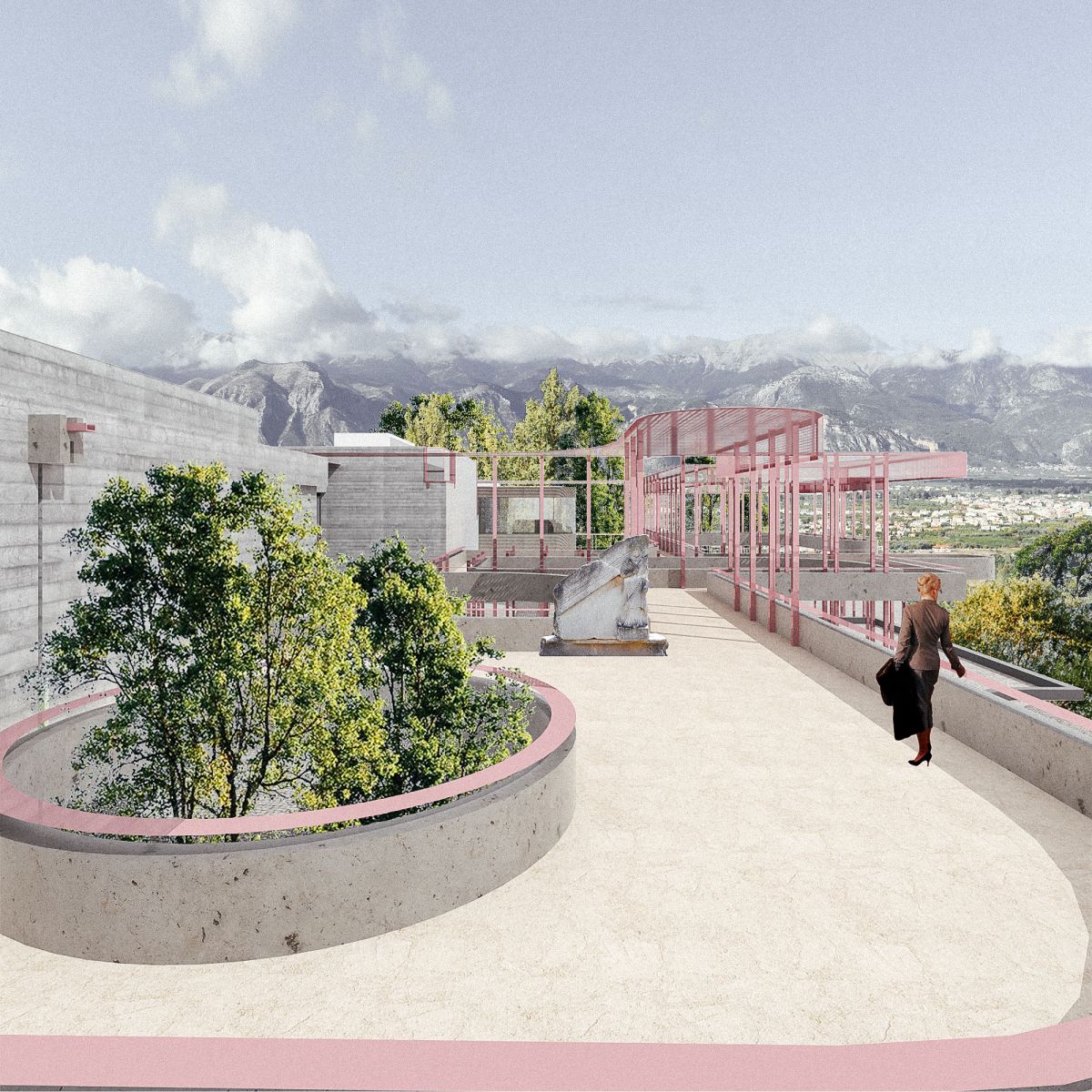
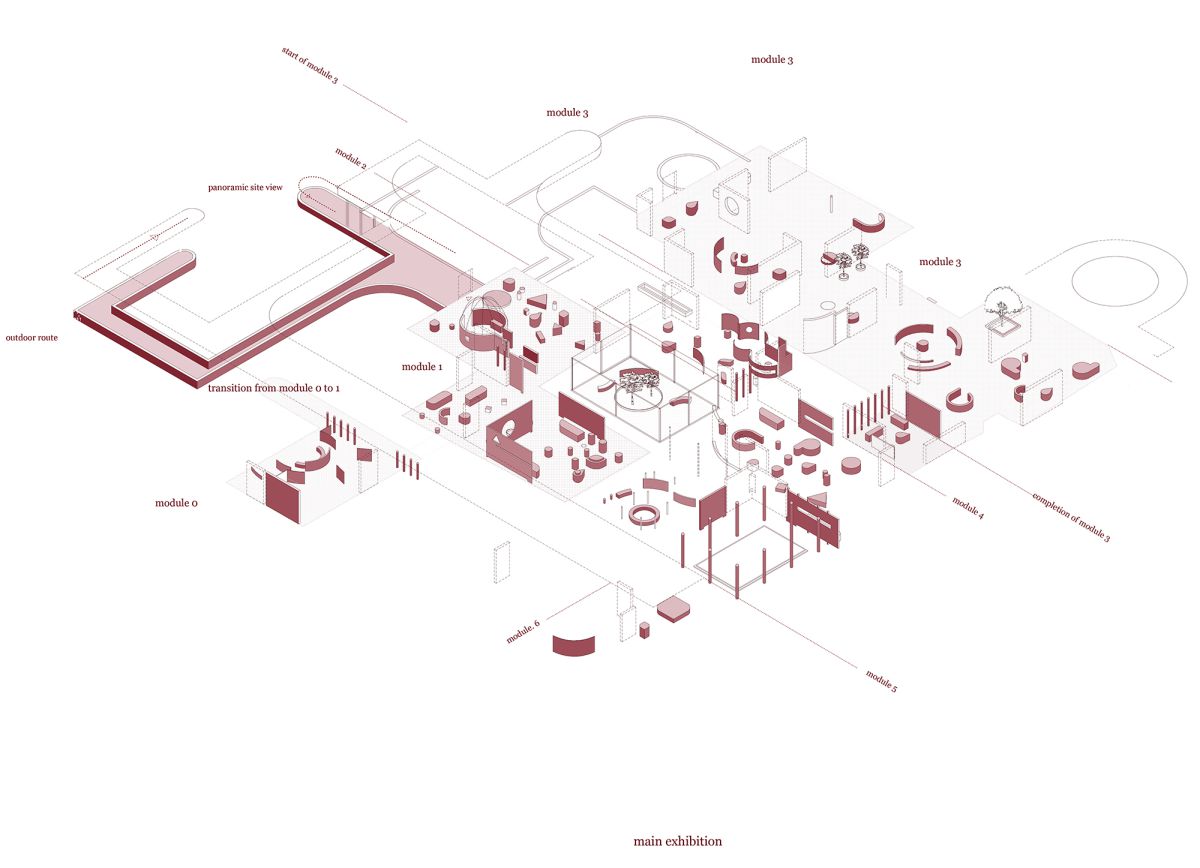
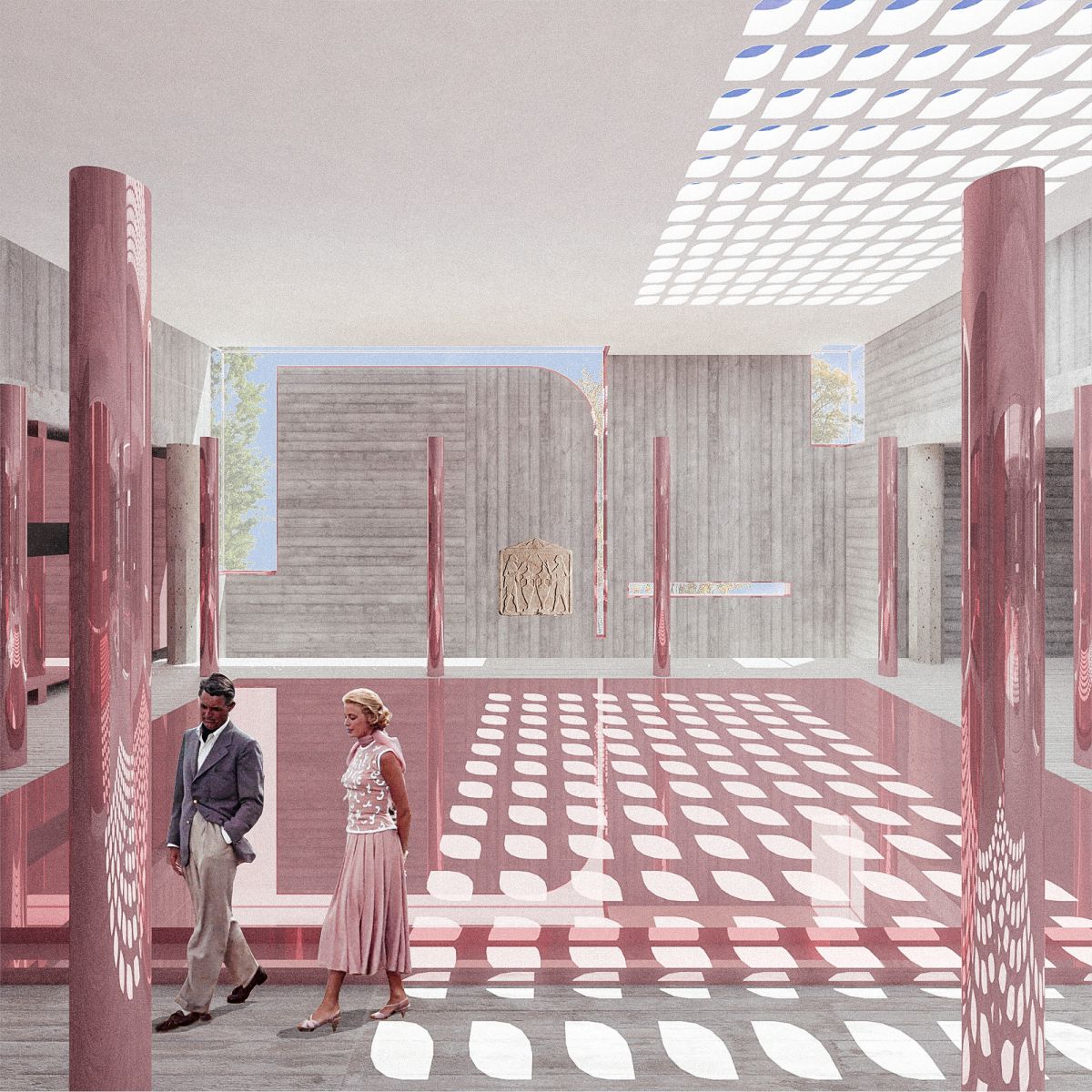
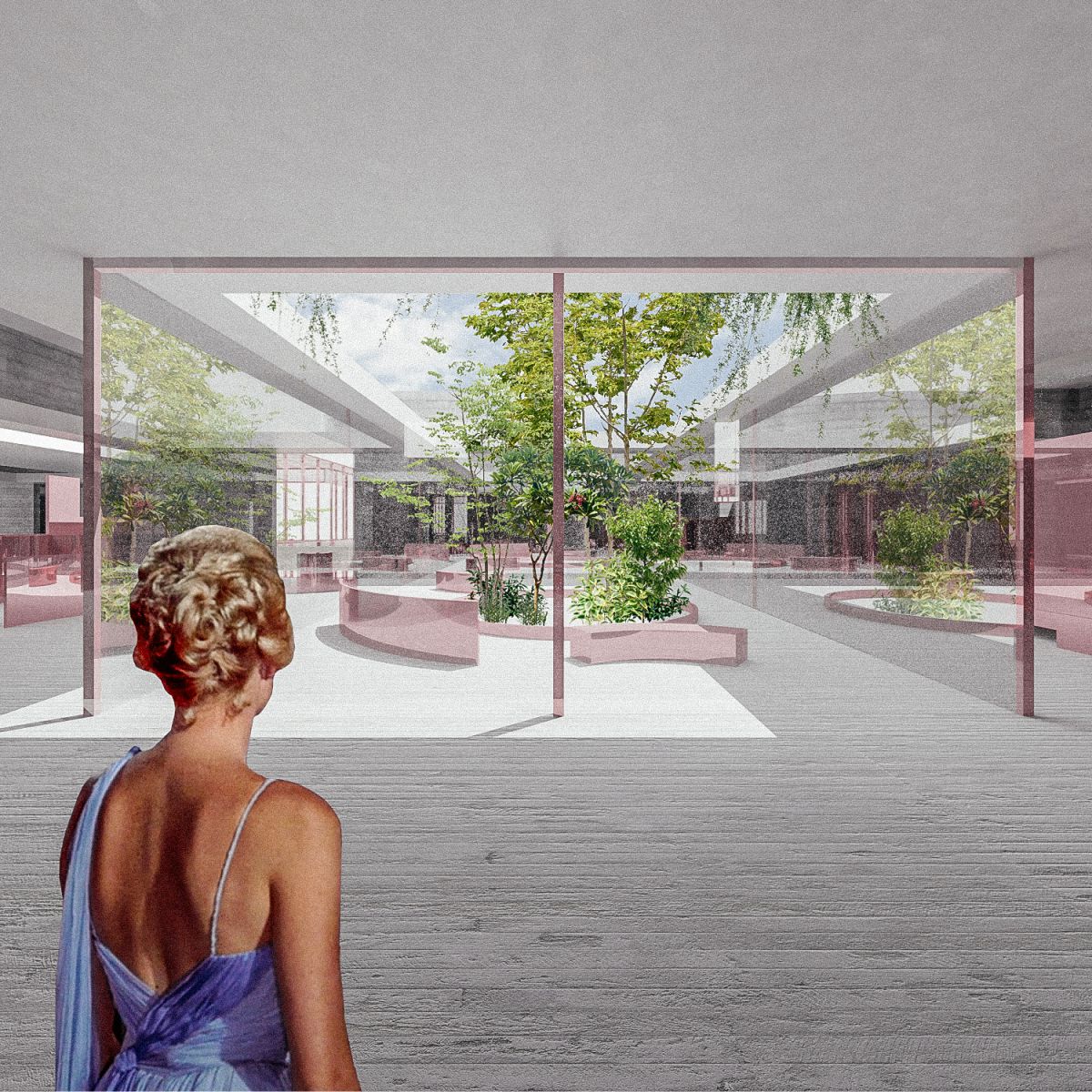
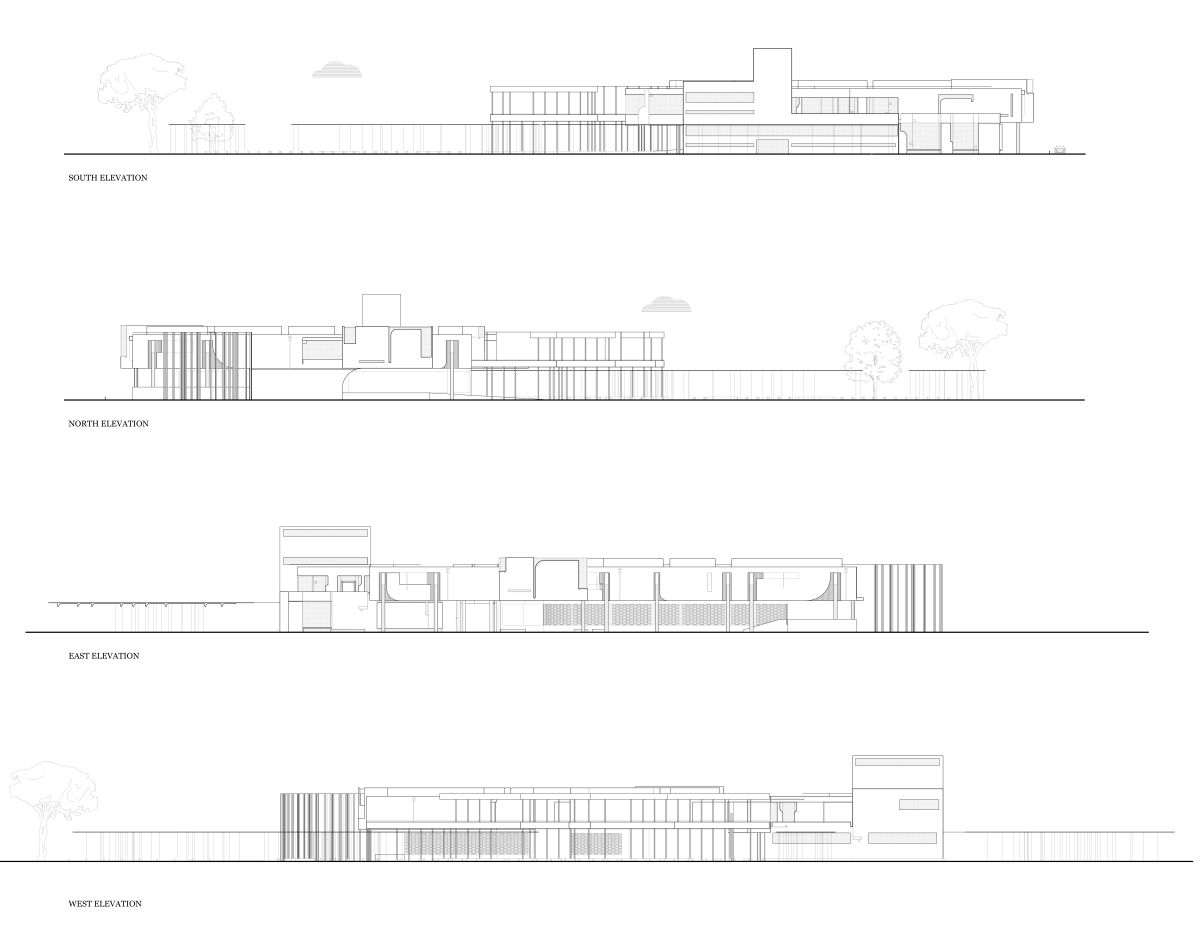
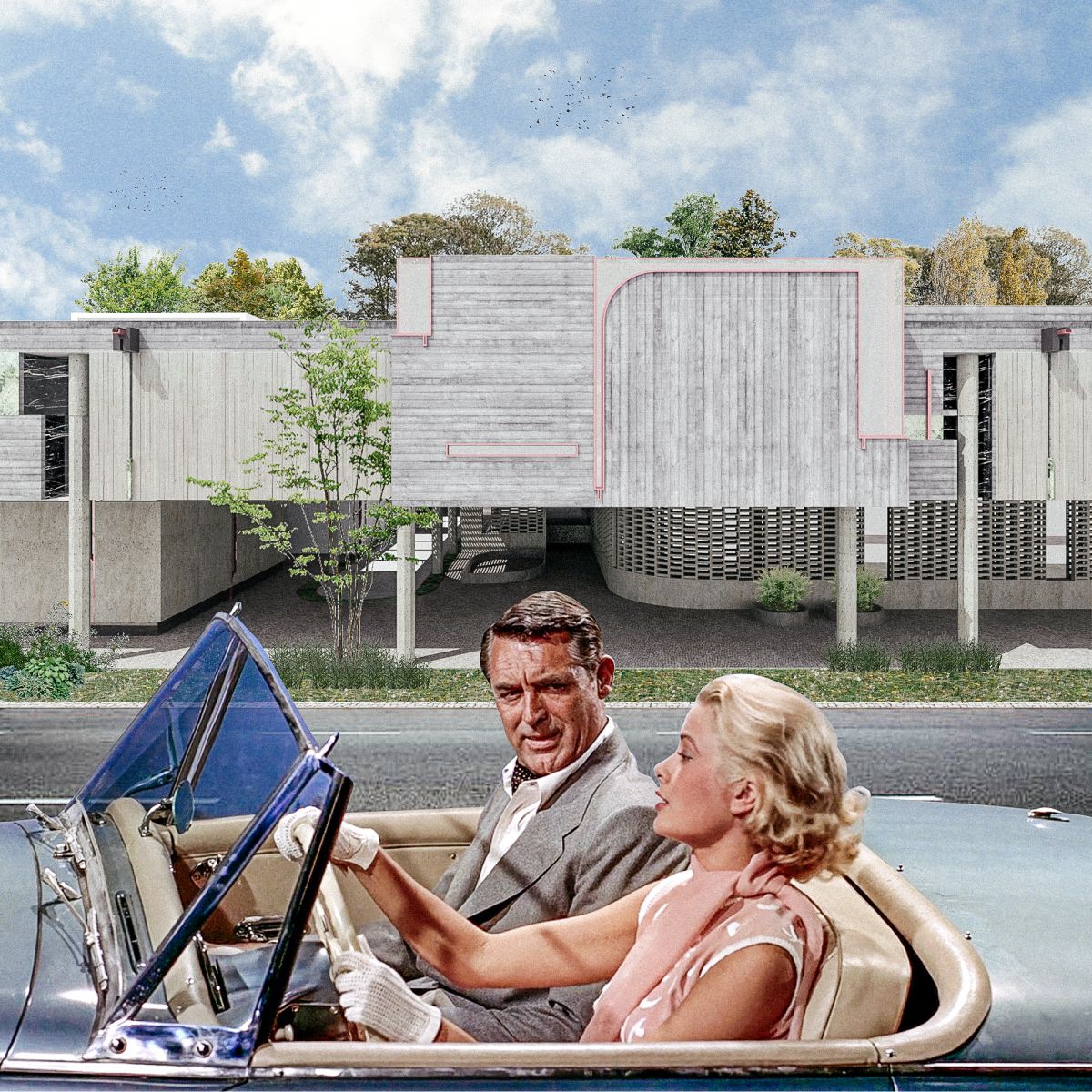
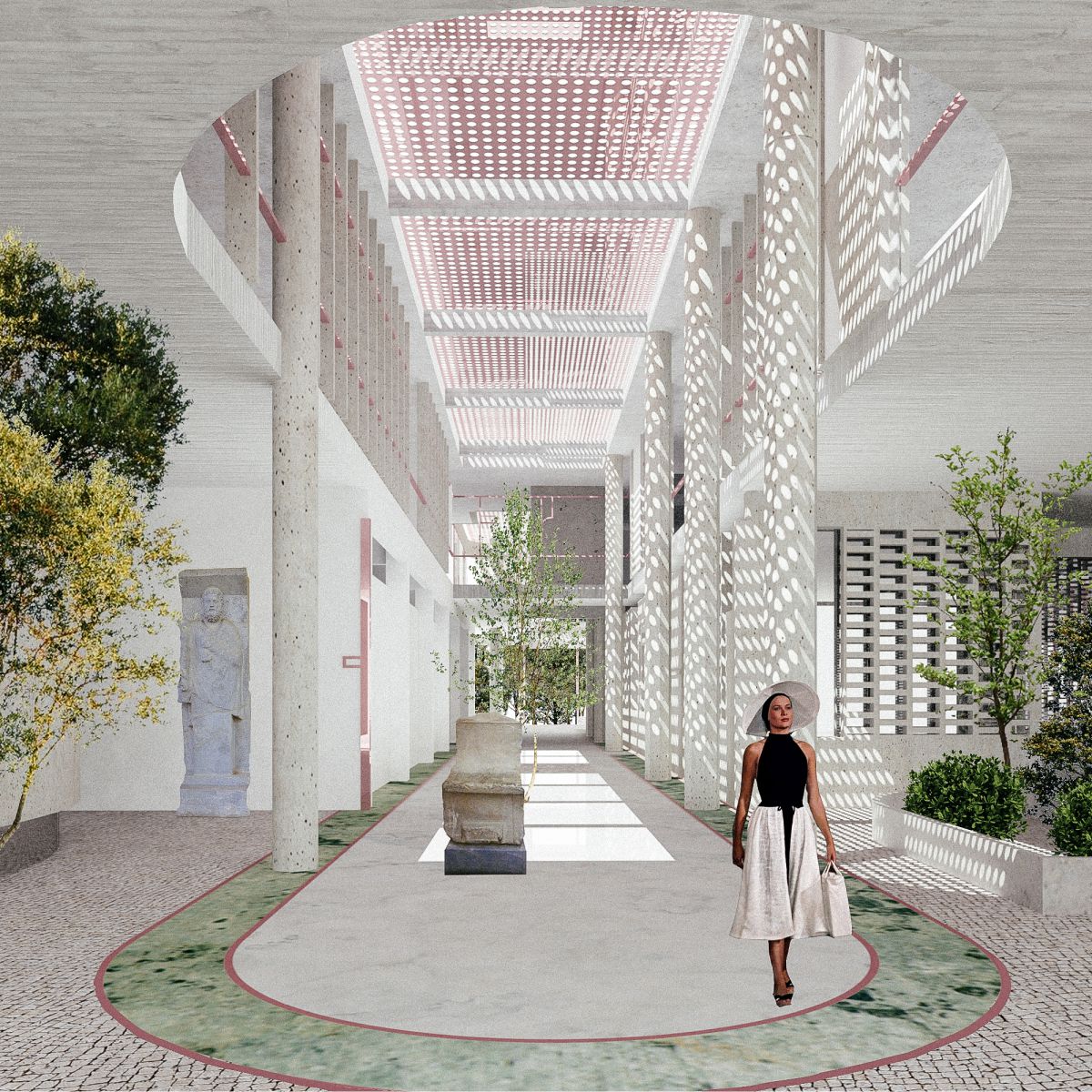
Acknowledgements: Images contain samples from ‘Vertigo’ and ‘To Catch a Thief’ by Alfred Hitchcock
| >>info: | |
| design: | object-e | Dimitris Gourdoukis & Katerina Tryfonidou with Evangelia Paschalidou, Niki Zarkada, Chrysa Vasileli. |
| date: | 2019 |
